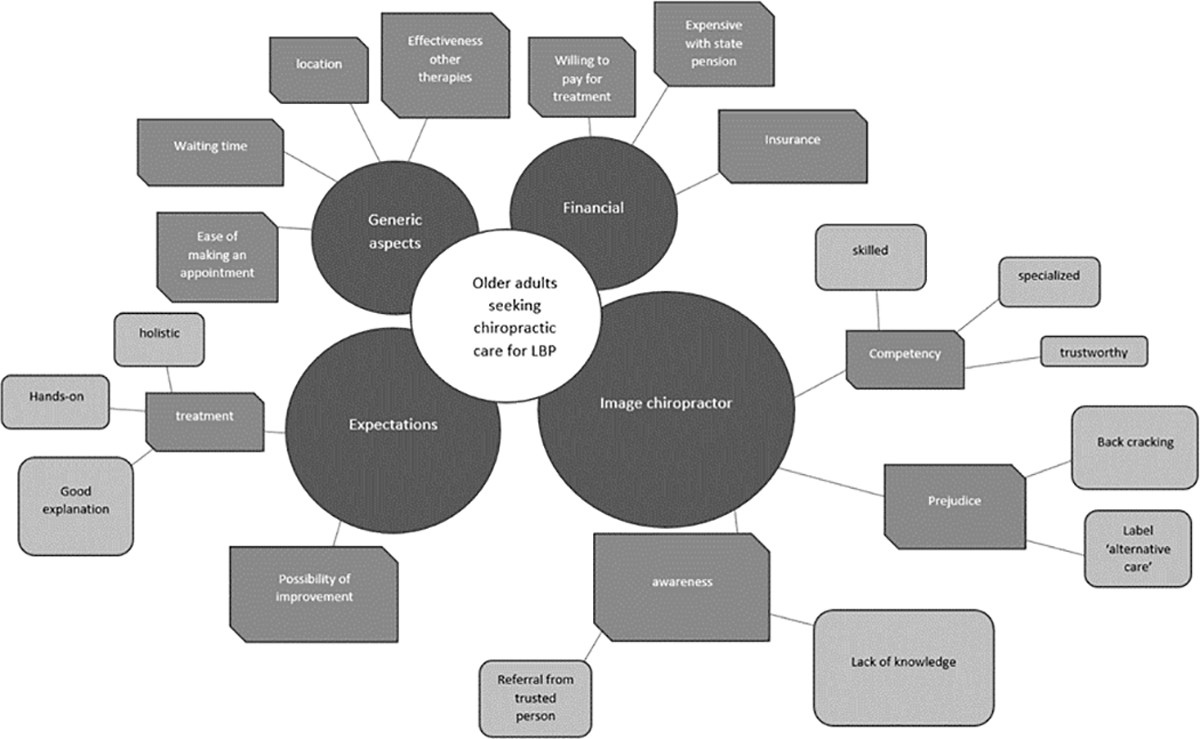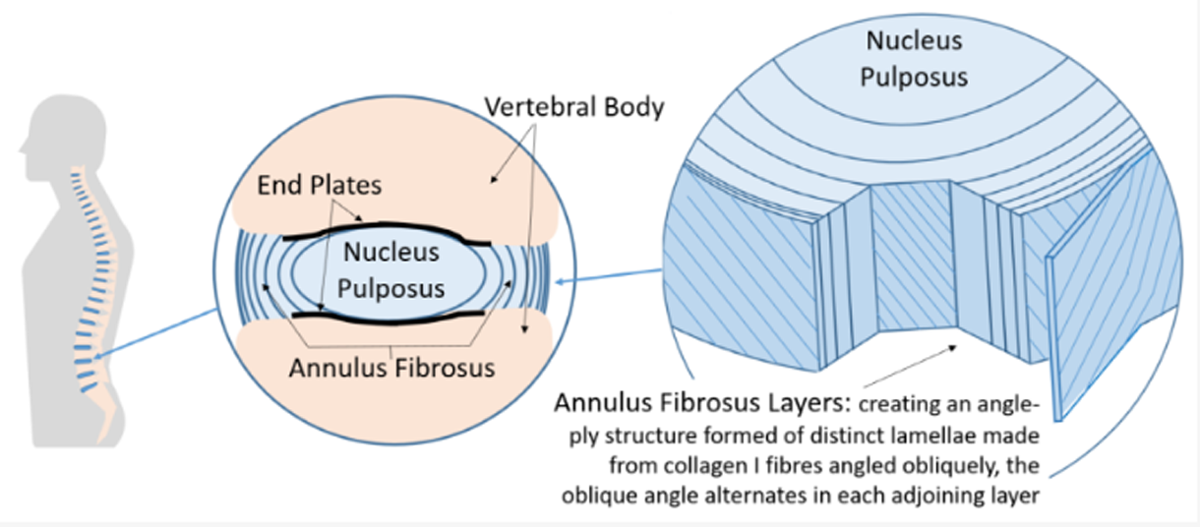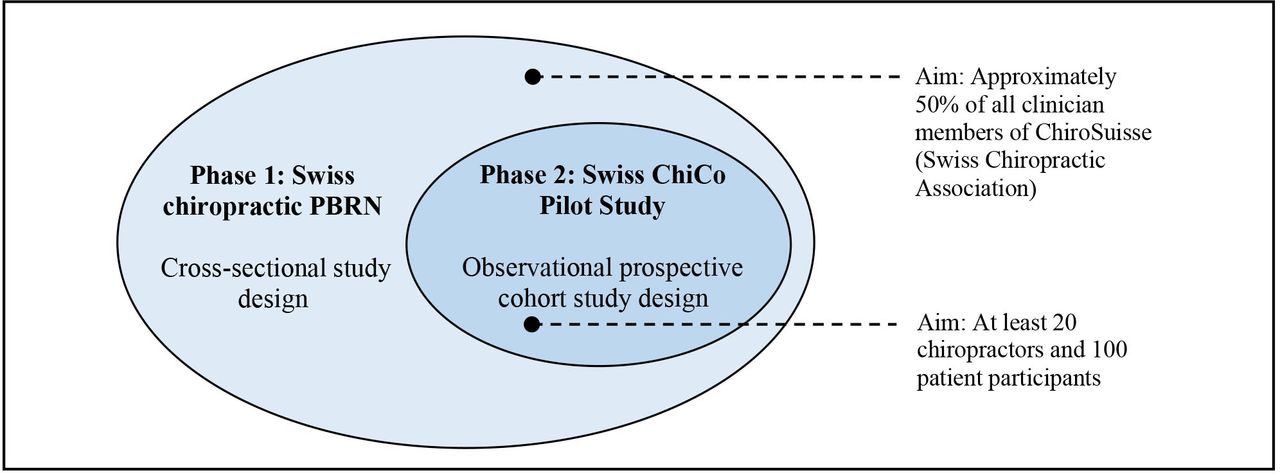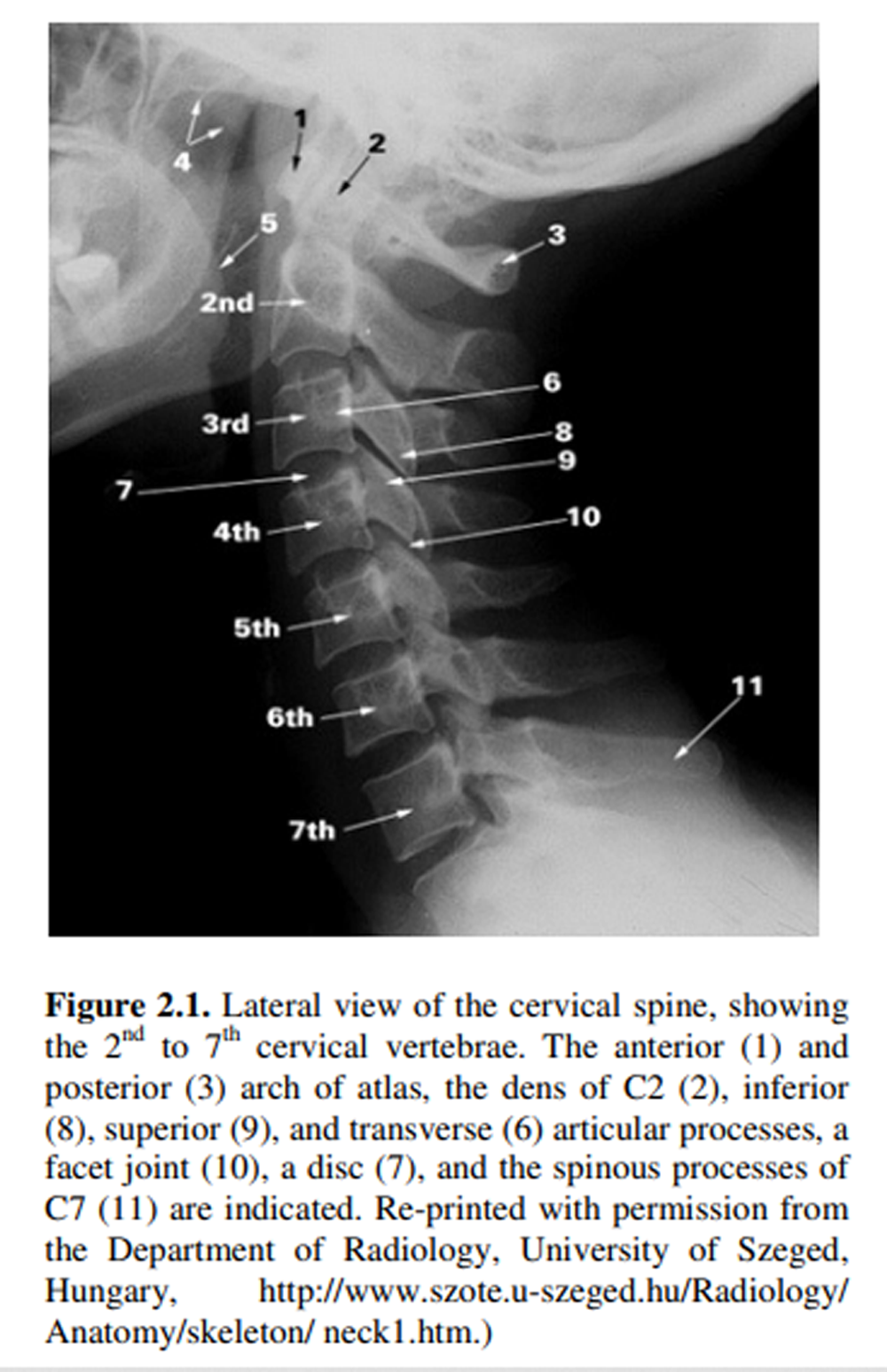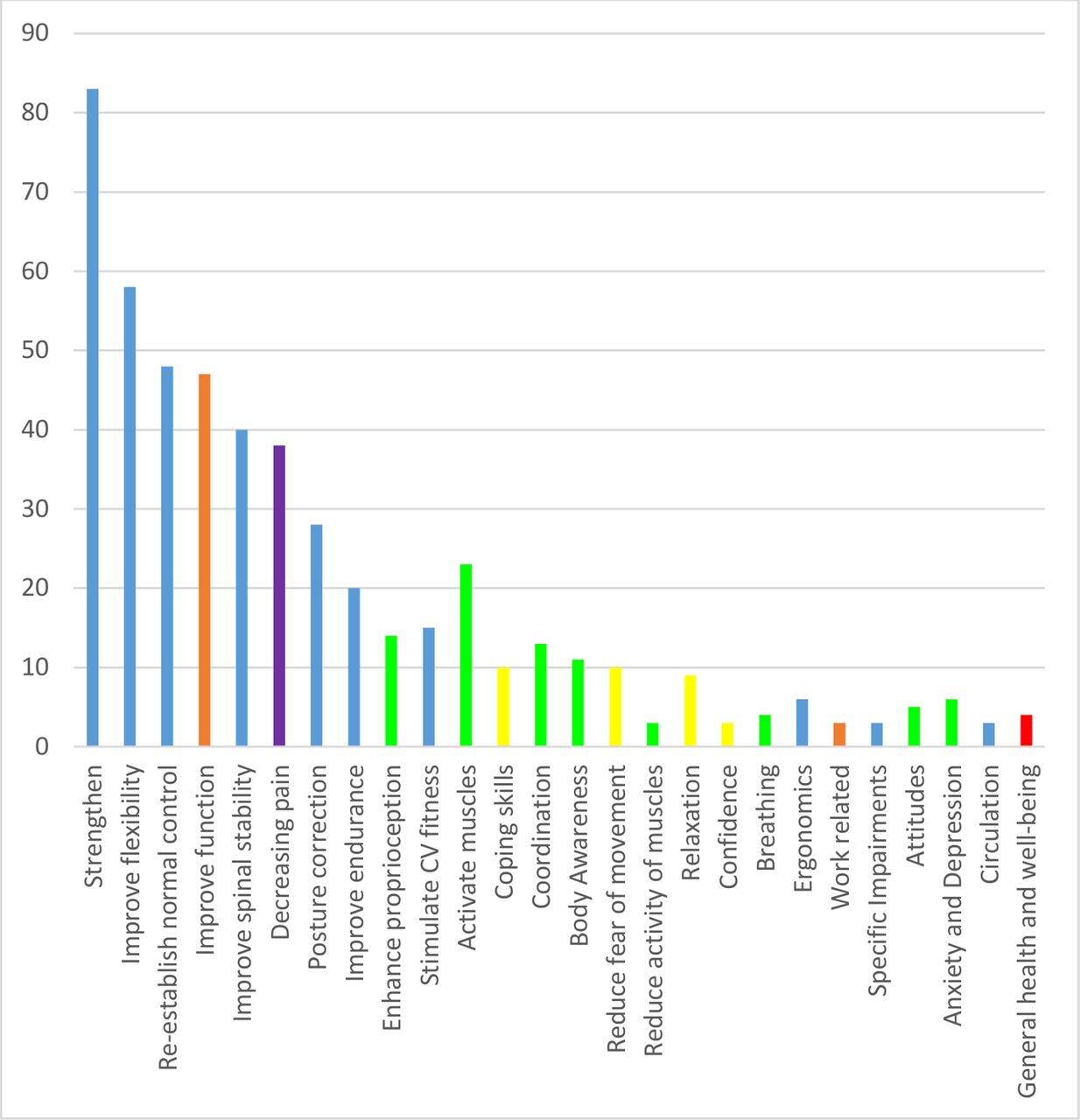The Perceived Barriers and Facilitators for Chiropractic Care in Older Adults with Low Back Pain; Insights from a Qualitative Exploration in a Dutch Context
The Perceived Barriers and Facilitators for Chiropractic Care in Older Adults with Low Back Pain; Insights from a Qualitative Exploration in a Dutch Context
SOURCE: PLoS One 2023 (Apr 12); 18 (4): e0283661
| OPEN ACCESS |
Lobke P. De la Ruelle, Annemarie de Zoete, Cornelius Myburgh, Hella E. Brandt, Sidney M. Rubinstein
Department of Health Sciences,
Faculty of Science,
Amsterdam Movement Sciences,
Vrije Universiteit Amsterdam,
Amsterdam, The Netherlands.
Background: Understanding care seeking behaviour is vital to enabling access to care. In the context of low back pain (LBP), chiropractors offer services to patients of all ages. Currently, geriatric sub-populations tend to be under-investigated, despite the disproportionate effects of LBP on older adults. In the Netherlands, the chiropractic profession is relatively unknown and therefore, generally speaking, is not considered as the first choice for conservative musculoskeletal primary health care. The aim of this paper was to explore the experiences of older adults with LBP, seeking chiropracic care for the first time, in order to identify perceived barriers and facilitators in this process.
Methods: Stage 1: Participants 56 years of age and older with chronic LBP who either sought or did not seek chiropractic care were interviewed to provide detailed information on the factors that promoted or impeded care-seeking behaviour. A purposive sampling strategy was used to recruit participants through a network of researchers, chiropractors and other healthcare professionals offering musculoskeletal health care services. Individuals with underlying pathology, previous surgery for LBP, or insufficient mastery of the Dutch language were excluded. Data were collected until saturation was reached and thematically analysed. Stage 2: To further explore the themes, a focus group interview was conducted with a provider stakeholder group consisting of:two physiotherapists, a nurse practitioner, a geriatrician, and a chiropractor. All interviews were conducted online, voice recorded, and transcribed verbatim.
There is more like this @ our:
MEDICARE Section and the:

